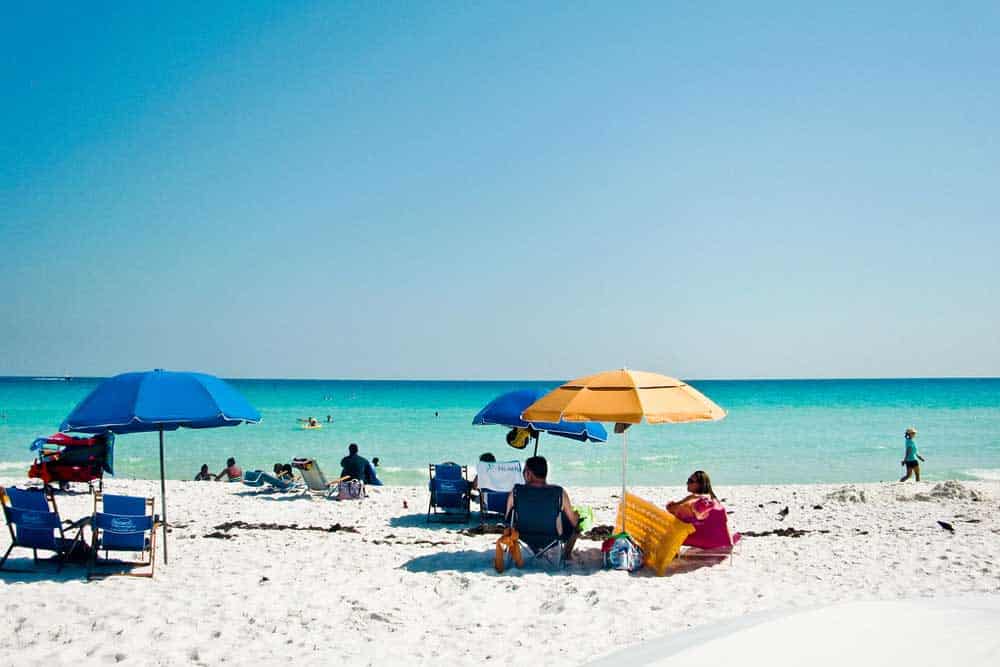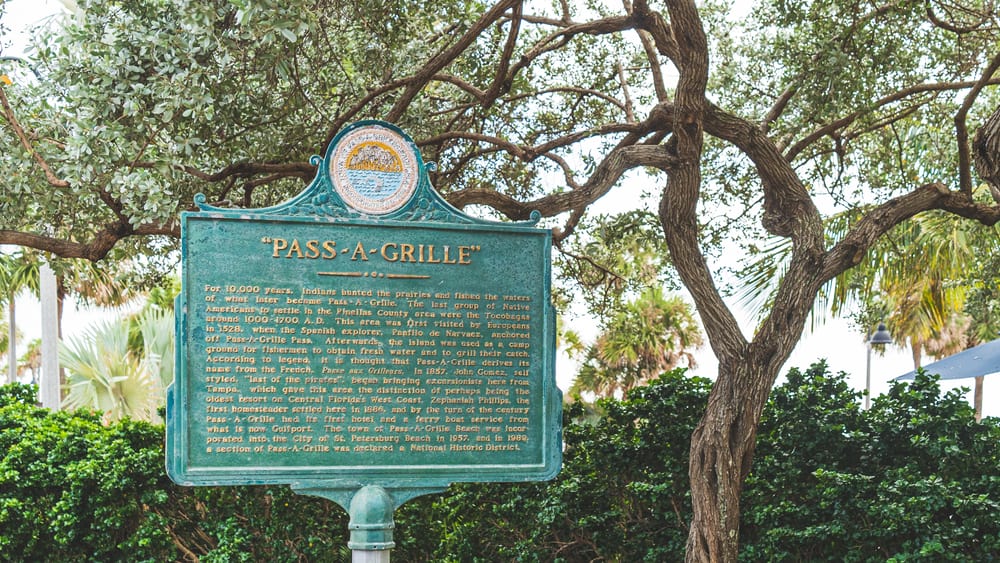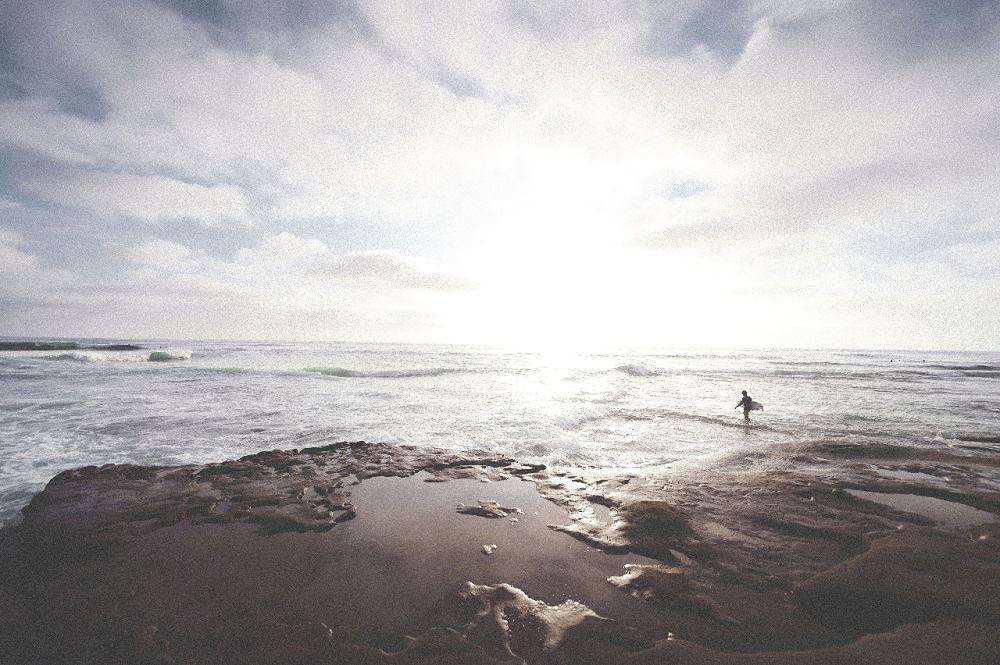If you’re looking for a great shelling experience, then there’s no better place than Turner Beach in Florida! With its stunning white sand, crystal-clear waters, and an abundance of shells, it’s the perfect spot for beachcombers and shell collectors alike.
From finding colorful conch shells to discovering hidden gems, there’s something special waiting around every corner.
Shelling in Florida is an unforgettable adventure, and Turner Beach is one of the best places to explore. It’s no wonder why this beach is known for some of the best shelling in all of Florida!
This article will discuss everything that makes shelling at Turner Beach special, from what types of shells you can find there to the best times of year to visit.
If you are looking for the best place for Turner Beach shelling, you’ve come to the right place!
Is Turner Beach Good For Shelling?
For Sanibel and Captiva Island shelling, there are few places as beautiful as Turner Beach. This hidden treasure is often uncrowded, which makes it a great place to discover rare shells.
However, it is best to visit at low tide or after a storm if you are hoping to shell. Parking is also limited at these times, and you may have a hard time parking during sunset.
The beach is also famous for its unique rock jetty, which extends into the Gulf of Mexico. This feature helps prevent erosion and allows for good fishing, surfing, and photography.

In addition, shelters say the jetty makes shells pile up, making it one of the island’s best shelling locations.
Shelling at Turner Beach is particularly popular because of its beautiful rock jetty that extends out into the ocean. It is a unique feature that has been installed to prevent the beach from corroding. This makes the location great for taking pictures of the shells that you find on the jetty.
If you want to go shell hunting with your dog, Tarpon beach is also an excellent choice. However, you must be careful to keep your dog on a leash, as dogs tend to dig up shells.
Also, there is a beautiful fishing pier nearby, and you can even enjoy a nature trail that winds through wetlands.
If you are looking for more shelling, consider heading to the nearby Bailey-Matthews National Shell Museum. The museum has a great shell collection.
It also features touch tanks where visitors can see live mollusks and octopi. This museum is one of the island’s most popular tourist attractions.
Shelling on Sanibel Island is an activity that many people enjoy. While some shell hunters throw away the shells that are broken or too small for them, others will treasure the shells that are beautiful and rare. While shelling on Sanibel, you should remember to bring a net with you to pick up shells that you find and then return to the sea.
While you can shell anywhere in Lee County, you should also check whether it is legal to collect shells outside the county.
If you plan to shell outside Lee County, you should obtain a permit from the Florida Fish and Wildlife Conservation Commission. Also, you should not try to harvest any live creatures from the beach.
Tidal ranges affect shelling
If you’re planning to go shelling in Florida, you’ll want to know the tidal ranges in the area. This is important because high tides can cover the beach, but low tides can leave you with less shells to pick up.
The most productive times to shell are during low tides, when the water is least high and the sand is most exposed.
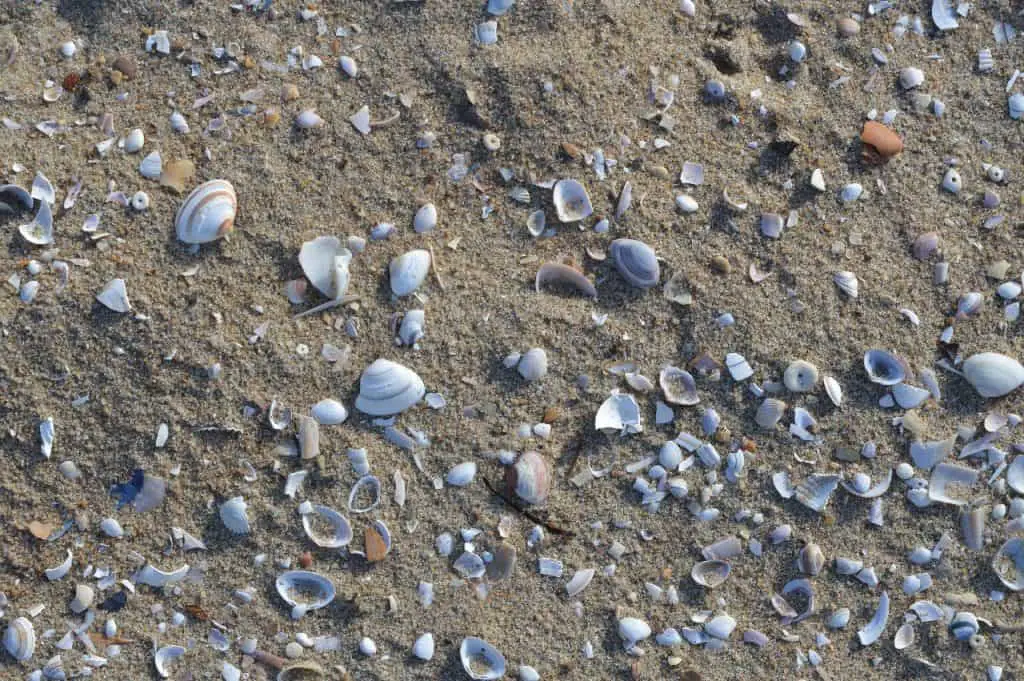
There are two beaches that offer good shelling in Florida:
- Sanibel’s Blind Pass
- Blind Pass Beach Park on Sanibel is closed temporarily to allow for reconstructive restorations following an unexpected period of erosion. The park will return shortly in a safe and even more sublime condition than before! Up-to-date information can be found here.
- Turner Beach
While Sanibel is a popular destination for shelling, Turner Beach is quieter and less crowded.
Whether you’re an experienced shell hunter or a newbie, both beaches offer great shells.
The abundance of species on Ladeira Beach increased in three years after oiling disturbances, but then dropped back to pre-oiling levels.
Species richness on the intertidal side of the beach showed a significantly greater mean difference than that observed on the supratidal side. This result could be due to the smaller sample size.
Alternatives to Turner Beach shelling
If you want to experience some of the best shelling in Florida, Turner Beach is the best beach in the area, and is often uncrowded, making it the perfect place to find rare shells.
However, parking can be scarce and it is best to go during low tide, or after a storm, to avoid crowds. Also, the beach is difficult to find a place to park when the sun sets.
Alternatives to Turner Beach shelling Florida include Blind Pass Beach, a more secluded and less crowded beach. However, you should consider the strong currents that can make it unsafe for swimming.
Despite its beautiful setting, Blind Pass is not the best choice for swimming, and there are many signs warning swimmers that swimming in the current can be dangerous.
Other beaches in the area with more safe water are Alison Hagerup Beach and Bowman’s Beach.
Alternatives to Turner Beach shelling Florida: If you don’t have the time to spend all day on Turner Beach, try visiting Cayo Costa.
This small island is only 33 miles from Jacksonville and is also a great spot for shelling.
The beaches here are also a great place for picnicking and viewing beautiful sunsets.
If you want to shell without crowds, you can also visit the beach near Cocoa. It has beautiful white sand and great surf. But be sure to bring your license or a fishing license.
Otherwise, you may miss some shells. You should be careful with small shells, as they are not easily overlooked. Also, remember to bring your own beach chairs.
A few other alternatives to Turner Beach shelling Florida include Algiers Land Beach, which is located mid-island.
You can visit Sanibel Island as well.
Getting to Sanibel Island early in the morning is recommended to ensure that there’s plenty of parking. Be sure to bring water shoes and a net bag with a long scoop.
You can also bring a picnic to enjoy while shelling.
Guided tours to find shells on Sanibel Island
If you’re looking for the best shelling spots, the best time to go to Sanibel is after a storm. Storms tend to stir up the water, which pushes more sea life to shore.
In addition, shelling is best at low tides, such as at sunrise or sunset.
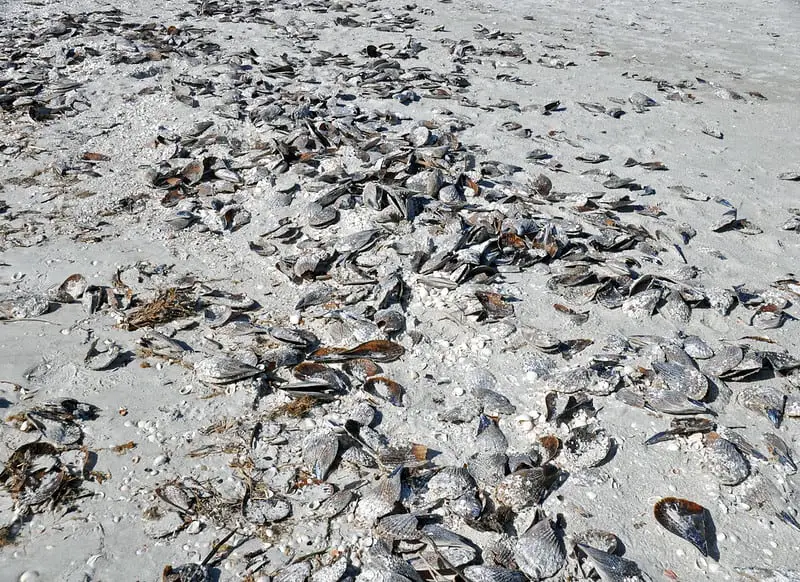
If you’re planning to shell alone, you’ll want to bring a bucket and scoop. It’s also a good idea to shuffle your feet in the water during low tides to expose partially-hidden mollusks.
However, be sure to avoid scaring away fish and be aware of the tide times.
If you’re looking for an easy and relaxing way to hunt for shells, consider a guided tour. You’ll learn more about the local ecosystem and discover where the shells are found.
The Bailey-Matthews National Shell Museum also leads guided beach walks. You’ll also learn about local vegetation and wildlife.
The Bailey-Matthews National Shell Museum is one of Sanibel’s top visitor attractions. It features touch tanks filled with live mollusks and an aquarium.
While the museum is an excellent place to learn about shells, you’ll have an even better time shelling on the island’s pristine beaches. The island has more than 60 species of seashells, including a variety of conch shells and rare cockle shells.
There are two main types of shells found on Sanibel Island: mollusks and single-shell gastropods.
Bivalves, on the other hand, have two hinged parts. Sand dollars, crabs, starfish, and sea urchins can also be found on the island.
While shelling on Sanibel Island, it’s best to start early in the day before the low tide, when fewer people are looking. Also, it may be easier to find shells on full moon days, which causes higher tides.
Storms and north winds can also bring more shells to the shore.
Some of the best shelling beaches are located on the gulf side of the island. Lighthouse Beach and Blind Pass Beach are popular shelling locations, but you can also explore less-known beaches like Tarpon Bay.
Best time to go shelling on Captiva Island
There are a number of ways to spend your vacation on Captiva Island. One of the best ways is shelling. There are over 400 different species of shells on the island.
You can find them at two public beaches: Turner Beach on the south end of the island and Alison Hagerup Beach Park on the northern end.
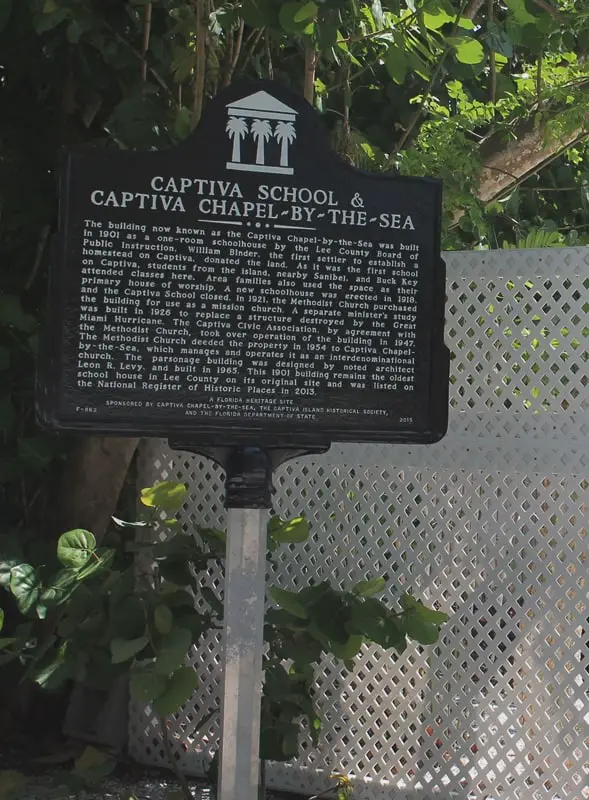
Both of these beaches are great for shelling, though swimming is not recommended due to fast currents.
The best time to shell on Captiva is during low tide. You’ll find the best shells in the morning when the tide is low. However, you should remember that live shells are not allowed to be taken home. That’s why most people opt to snorkel to find shells.
Despite being a barrier island, Sanibel and Captiva Islands have a natural advantage when it comes to shelling: the waters from the Gulf of Mexico flow between the two beaches, bringing the best shells to the shore.
You can’t help but be amazed at how many shells you can find on this tiny island!
During the day, you can find lots of shells on the beach. However, if you want to find the best shells, you should head to Turner Beach in the early morning.
This beach has fewer crowds than Lighthouse Beach
, which can be quite crowded. The jetty on the Captiva side of Turner Beach is where the shells are piled up.
If you’re looking for the best shelling beach on the Sanibel and Captiva Islands, Turner Beach is the place to go. It’s also the least crowded and offers excellent opportunities to find rare shells. Because of the limited parking space, you should try to head to the beach at low tide.
The best time to go shelling on Captiva island at Turner Beach is in the early morning hours of low tide when the seashells are brought to shore.
The best shells on both islands can be found just before or after the low tide. This is the best time of the day to shell as the tide is low and the shelling is the easiest.
Low Tide Shelling at Turner Beach Florida
Shelling is a great pastime on Turner Beach, and low tide is the best time to go. You can walk for miles without running into too many people.
The best place to shell is at the Captiva side of the beach, where the sand meets the jetty.
Turner Beach has a beautiful jetty and clear water, perfect for shelling. The beach is also popular for kayak fishing and swimming.
The area is also known for its spectacular sunsets and stargazing.
There are a few rules that must be observed when visiting Turner Beach. For fishing, you must have a valid Florida fishing license.
The beach also has a no-dog policy. You must also respect wildlife and play music at a low volume.
Turner Beach in Florida is an ideal spot for shelling enthusiasts. Located on the Gulf Coast, this beach offers a bounty of sea shells that can be found washed up on its golden sand shores.
From giant conchs to delicate angel wings, the variety of shells available at Turner Beach is sure to please even the most discerning shell collector.
Whether you’re a beginner or an experienced shell enthusiast, Turner Beach has something for everyone.





